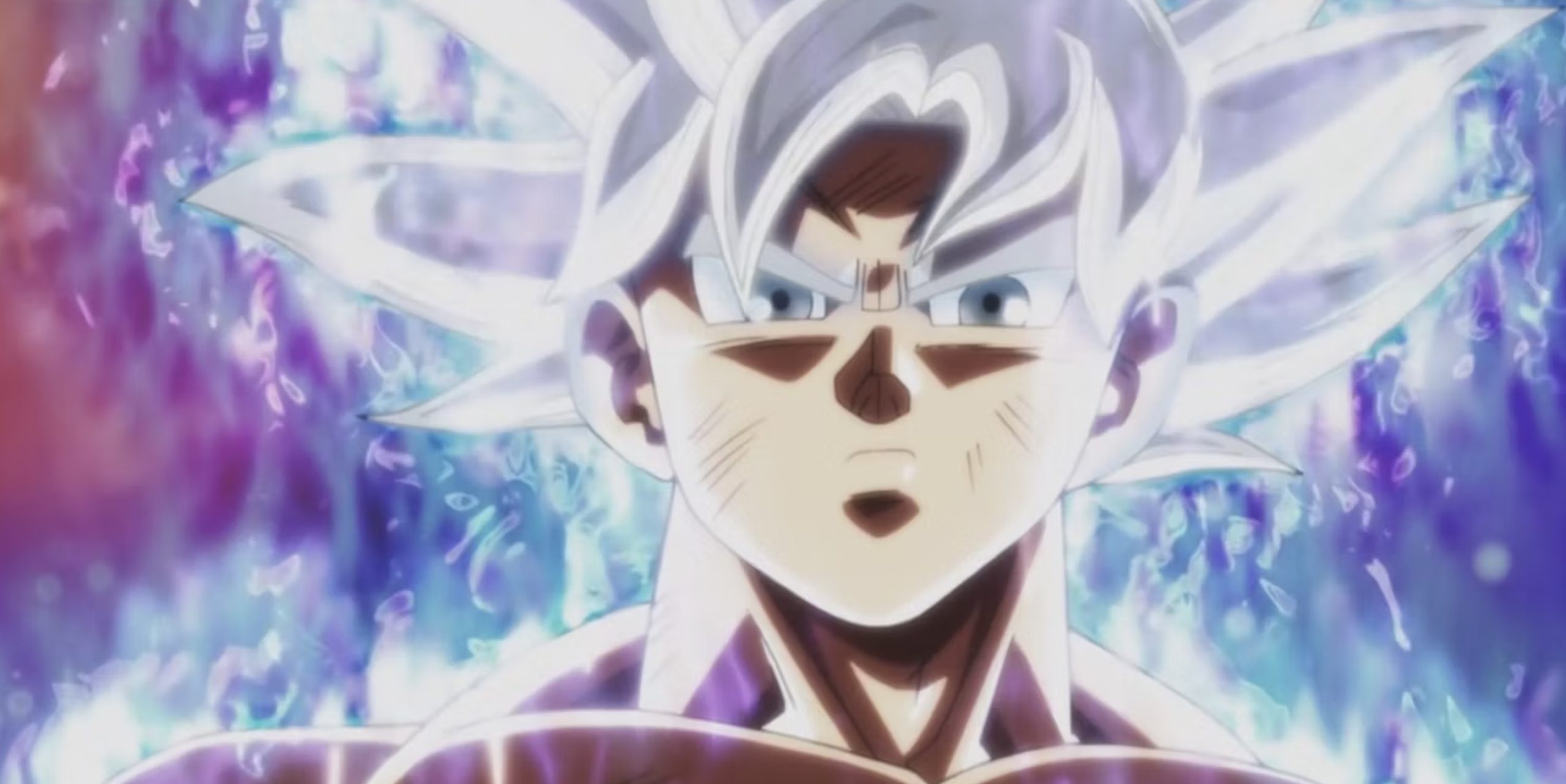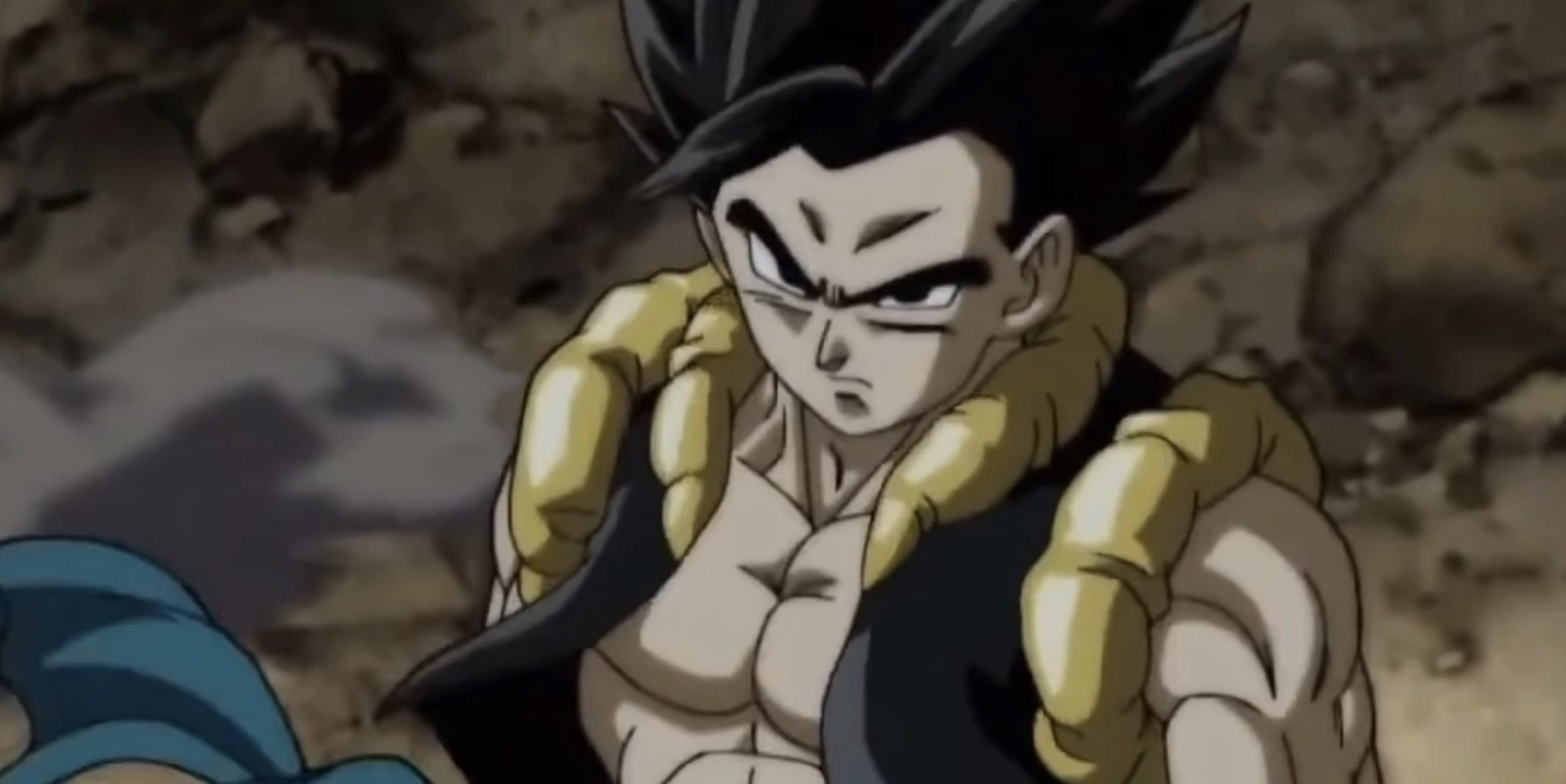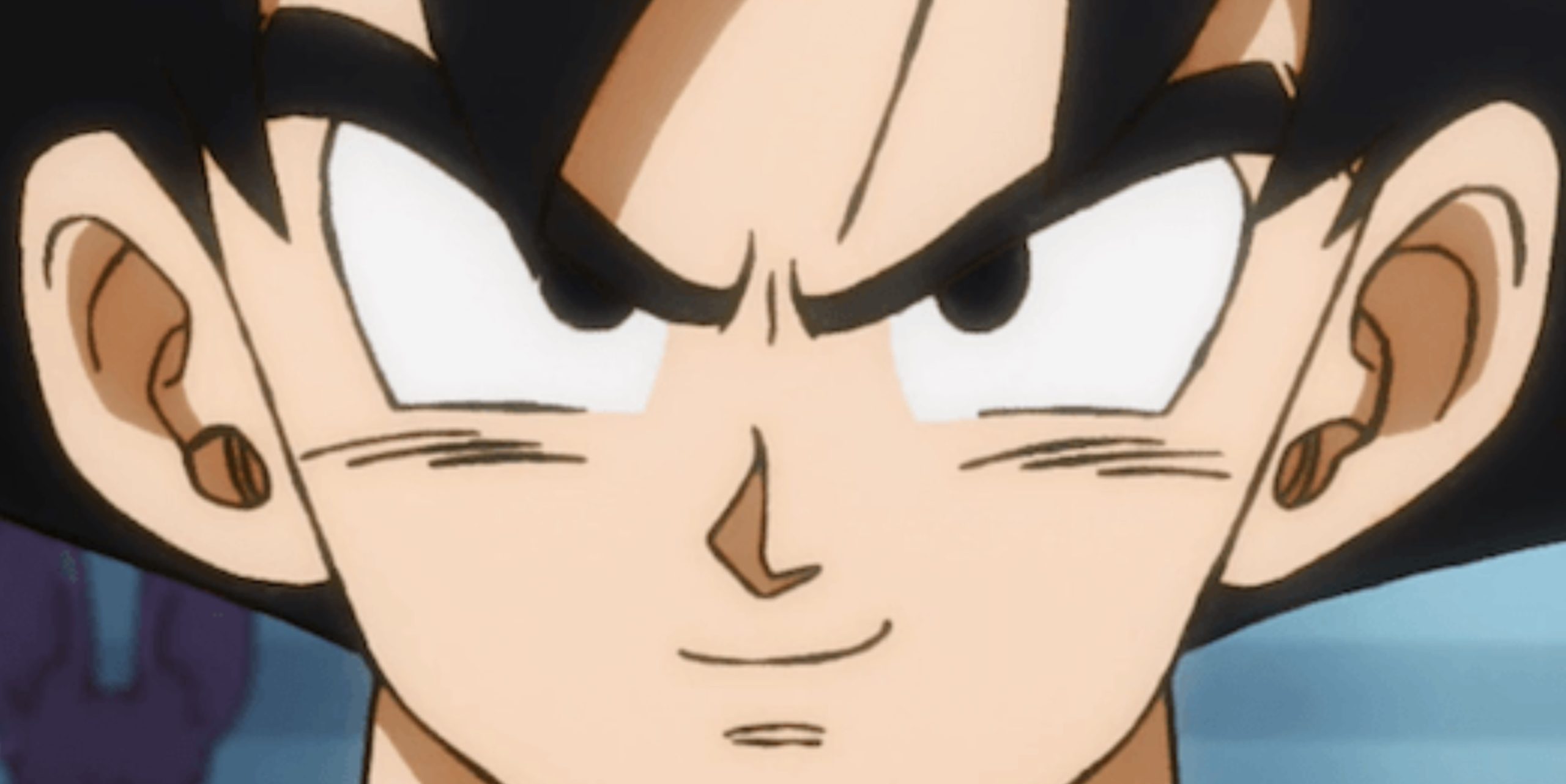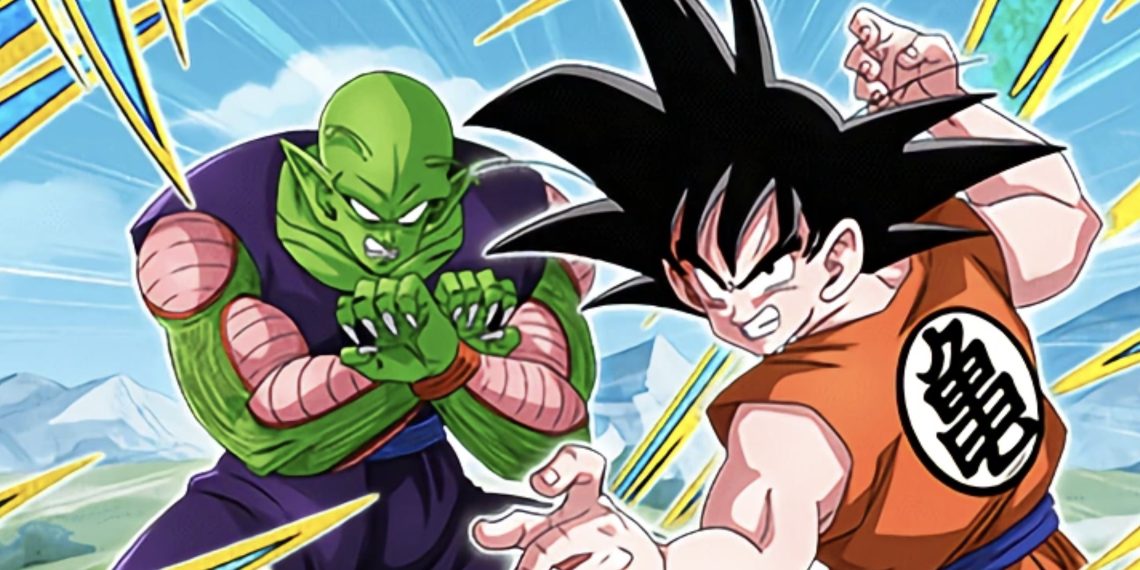Goku’s T-shirt stands out as a remarkable icon within the vast universe of Dragon Ball. Its design, color palette, and association with the anime’s central character have solidified its status as a symbol recognized by fans far and wide, even among those who haven’t went into the series’ narrative depths.
Yet, amidst this widespread recognition, the subtle evolution of Goku’s garment often remains overlooked.
Throughout the Dragon Ball Z saga, Goku adorns various kanji characters on his shirt, each imbued with significance stemming from his diverse martial arts training.

Unbeknownst to many enthusiasts, these alterations were deliberate choices made by the series creator, Akira Toriyama, a martial arts aficionado himself.
While Dragon Ball Z undoubtedly showcases Toriyama’s passion for martial arts, some may miss the nuanced role played by Goku’s attire in reflecting his personal growth throughout the storyline.
Goku’s Gi: A Symbol of Evolution in Dragon Ball
Goku’s iconic blue and orange gi has been a constant companion since his transition into young adulthood, a period marked by his training under Mr. Popo and Kami. Initially adorned with the Turtle Hermit School kanji, this distinctive uniform underwent subtle yet significant transformations over the course of the series, a fact that often eludes many fans.
During the Saiyan saga, Goku’s training under King Kai in the afterlife led to a pivotal shift in his attire. Upon completing his rigorous regimen, King Kai bestowed upon him his own symbol, which Goku proudly sported until his arrival on Namek.

Here, the narrative subtly illustrates Goku’s ascension to mastery, symbolized by his adoption of a personalized logo on his gi—a common practice in martial arts denoting a practitioner’s attainment of profound expertise.
As the Android saga proceeds, Goku’s gi undergoes another evolution, shedding the emblems of his former mentors. Now assuming the role of mentor himself, Goku’s attire reflects his newfound responsibility, notably observed in his guidance of Gohan during the Cell saga and later in his training of Goten and Trunks in the Buu saga.
For keen-eyed fans, this meticulous attention to detail serves as a witness to Goku’s growth and evolution as a martial artist, a narrative element that garnered widespread praise for its subtle storytelling.

However, the arrival of Dragon Ball Super marked a departure from this trend, ushering in new dynamics and challenges for Goku and his fellow warriors.
Goku’s Enduring Legacy in Anime History
Goku’s T-shirt serves as a tangible symbol of his growth as a martial artist, but his impact transcends the confines of his wardrobe. As arguably the most pivotal anime protagonist in history, Goku’s legacy looms large, resonating deeply with fans to this day.
Across the shonen anime, his influence remains palpable, shaping the genre and leaving an indelible mark on subsequent protagonists.
At the core of Goku’s enduring appeal lies his cheerful disposition—a trait that endears him to audiences and sets him apart from his peers.

His journey, punctuated by arduous training arcs and punctuated by time skips, mirrors the quintessential shonen narrative, inspiring generations of viewers with its themes of perseverance and self-improvement.
Yet, it is Goku’s transformative moments that truly cement his status as a cultural icon. From his iconic Super Saiyan form to the countless power-ups he undergoes, Goku epitomizes the epitome of shonen tropes, amazing audiences with his unwavering determination and unparalleled strength.
Even as new generations of anime protagonists emerge, Goku’s influence remains unmistakable, a witness to the enduring legacy of a character who has etched himself into the annals of pop culture history.





